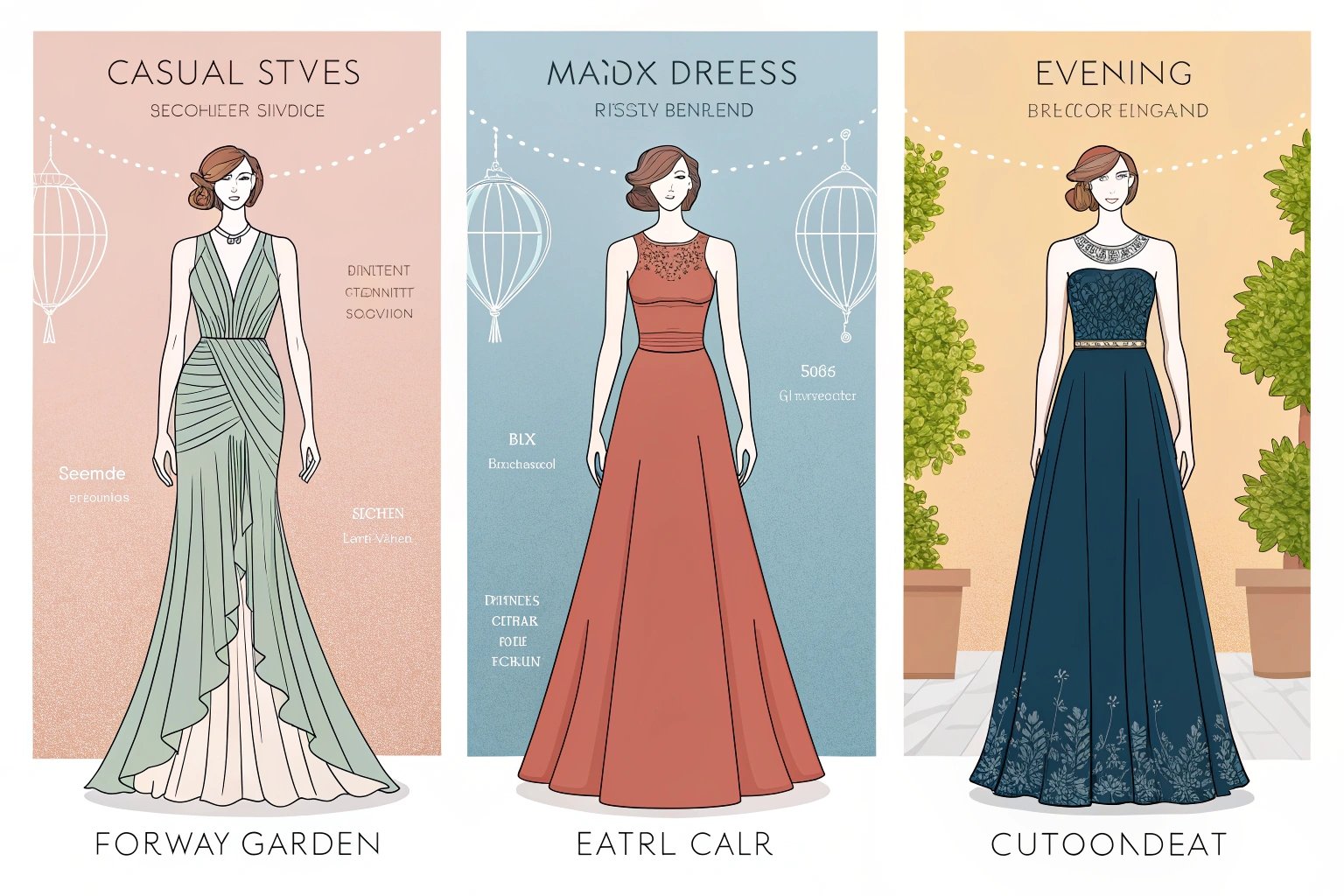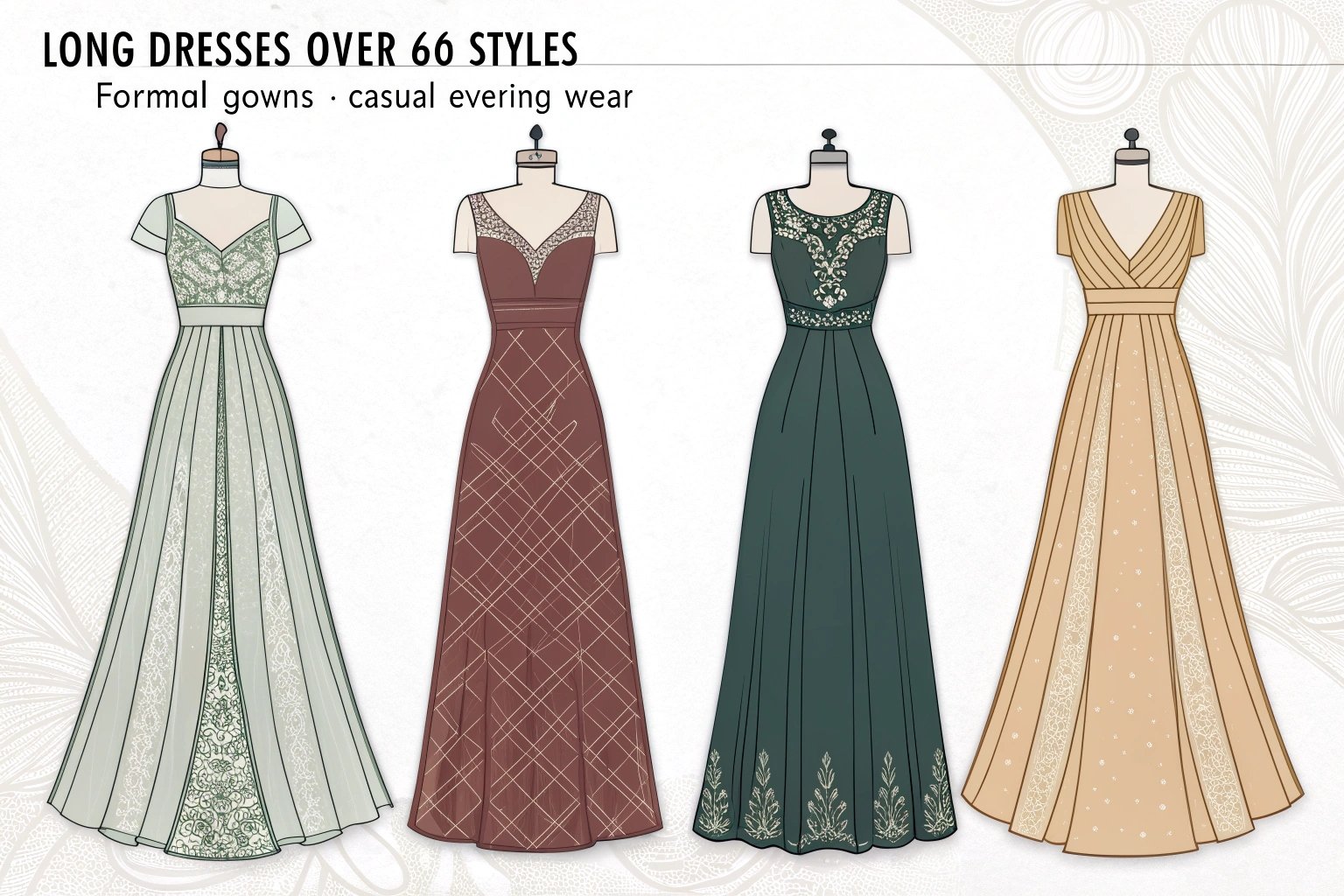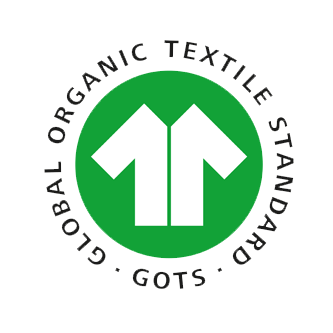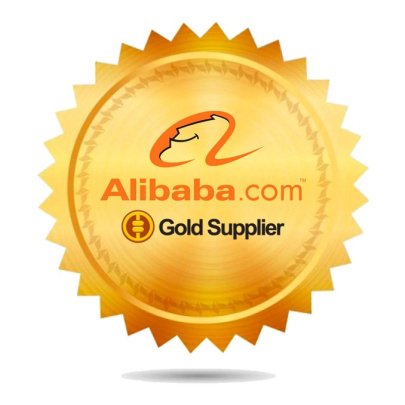In the apparel manufacturing industry, tools matter as much as fabrics and designs. Two of the most common tools buyers and designers mention are the dress form and the mannequin. These are often confused, but they serve very different purposes. So what exactly is the difference?
A dress form is a three-dimensional model of the torso used for fitting, draping, and pattern-making, while a mannequin is a full or partial human figure primarily used for displaying finished garments in stores or exhibitions.
At Xzapparel, we help wholesale buyers and brand partners understand these differences so they can source effectively and present their collections professionally.
What is a dress form?
A dress form is a technical tool used during the design and production process.
A dress form is a torso-shaped model made from foam, canvas, or fiberglass, designed to assist with garment fitting, draping, and pattern development.
Key features
- Often made with pinnable fabric covers
- Adjustable in size for different body measurements
- Used mainly in workshops and studios
| Attribute | Dress Form |
|---|---|
| Purpose | Design, draping, fitting |
| Material | Foam, canvas, fiberglass |
| Body parts | Torso only (no arms/legs in most cases) |
This makes the dress form indispensable for fashion manufacturers and design houses.
What is a mannequin?
A mannequin serves a different role from a dress form.
A mannequin is a life-sized human figure, usually made of fiberglass or plastic, used for displaying garments in retail spaces, showrooms, and exhibitions.
Key features
- Often full-body, including arms, legs, and head
- Designed to present finished garments visually
- Can be abstract, realistic, or stylized depending on branding
| Attribute | Mannequin |
|---|---|
| Purpose | Display, presentation |
| Material | Fiberglass, plastic, resin |
| Body parts | Full body or partial figures |
Mannequins are powerful sales tools, helping customers imagine how clothes will look when worn.
How do dress forms and mannequins differ in purpose?
The main difference lies in purpose: dress forms are for creating garments, mannequins are for selling garments.
Side-by-side comparison
| Feature | Dress Form | Mannequin |
|---|---|---|
| Use stage | Production/design | Retail/display |
| Adjustability | High | Low |
| Realism | Functional torso | Full human likeness |
| Target user | Designers, manufacturers | Retailers, marketers |
This distinction is crucial for wholesale buyers sourcing for different parts of the fashion supply chain.
Why are dress forms essential in apparel manufacturing?
Dress forms allow designers and manufacturers to test drape, fit, and proportion before finalizing production.
Benefits
- Improves accuracy in pattern-making
- Reduces fabric waste
- Allows for real-time fitting adjustments
For Xzapparel, dress forms are used daily to ensure garments meet size and fit standards for international buyers.
Why are mannequins essential in retail?
Mannequins create a visual story that attracts buyers in showrooms and customers in stores.
Benefits
- Enhances product presentation
- Encourages impulse buying
- Supports brand storytelling through styling
For wholesale buyers, mannequins are part of the brand experience when showcasing new collections at exhibitions or retail launches.
What materials are used for dress forms vs mannequins?
The material choice supports their function.
| Category | Dress Form Materials | Mannequin Materials |
|---|---|---|
| Core | Foam, fiberglass | Fiberglass, plastic, resin |
| Cover | Canvas or linen | Paint or fabric coating |
| Durability | Built for pinning and sewing | Built for stability and display |
Dress forms need to be soft enough for pinning, while mannequins need to be rigid and durable for display.
Can mannequins be used for sewing?
Many ask if mannequins can replace dress forms.
Mannequins are not suitable for sewing or draping because they are rigid and non-pinnable, unlike dress forms that are specifically built for garment construction.
This explains why design studios always rely on dress forms, while mannequins stay in retail spaces.
How do adjustable dress forms add value?
Adjustable dress forms allow designers to modify dimensions, catering to multiple sizes and body types.
This is especially useful for manufacturers like Xzapparel, who serve global buyers with different sizing standards.
Advantages
- One tool for multiple sizes
- Better fit testing for different markets
- Increased efficiency in sample development
How do mannequins influence consumer psychology?
Mannequins do more than display clothing.
They influence customer psychology by helping shoppers visualize the fit and feel of garments, increasing purchase intent.
Psychological impact
- Realistic mannequins → relatable, trustworthy
- Abstract mannequins → artistic, modern branding
- Dynamic poses → energy, lifestyle inspiration
This is why retailers invest heavily in mannequins as part of their visual merchandising strategy.
Which one is better for wholesale buyers?
Both tools serve different roles, so the choice depends on the buyer’s needs.
Dress forms are better for manufacturers and designers, while mannequins are better for retailers and showrooms.
| Buyer Type | Best Choice |
|---|---|
| Apparel factories | Dress forms |
| Fashion designers | Dress forms |
| Retail brands | Mannequins |
| Exhibition hosts | Mannequins |
At Xzapparel, we recommend dress forms during the production stage, and mannequins when preparing for exhibitions or wholesale showcases.
Are there hybrid tools available?
Yes, some tools combine features.
Hybrid dress forms and mannequins exist, designed with detachable parts or decorative finishes, but they rarely perform both functions equally well.
For wholesale buyers, it’s usually better to invest separately in both for maximum performance.
Conclusion
Dress forms and mannequins may look similar but serve very different roles. Dress forms are technical tools for designing and producing garments, while mannequins are presentation tools for retail and exhibitions. For wholesale buyers, understanding this difference ensures better sourcing decisions and smoother operations.
At Xzapparel, we integrate dress forms into our production process for precision, while supporting buyers with mannequins and displays for exhibitions—helping brands deliver both quality and presentation excellence.









